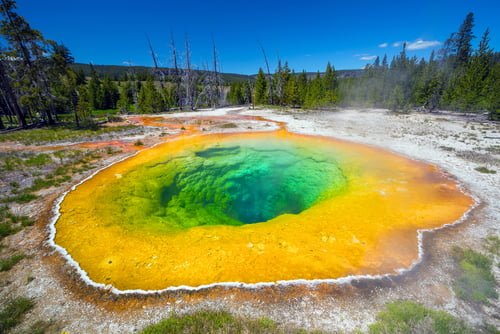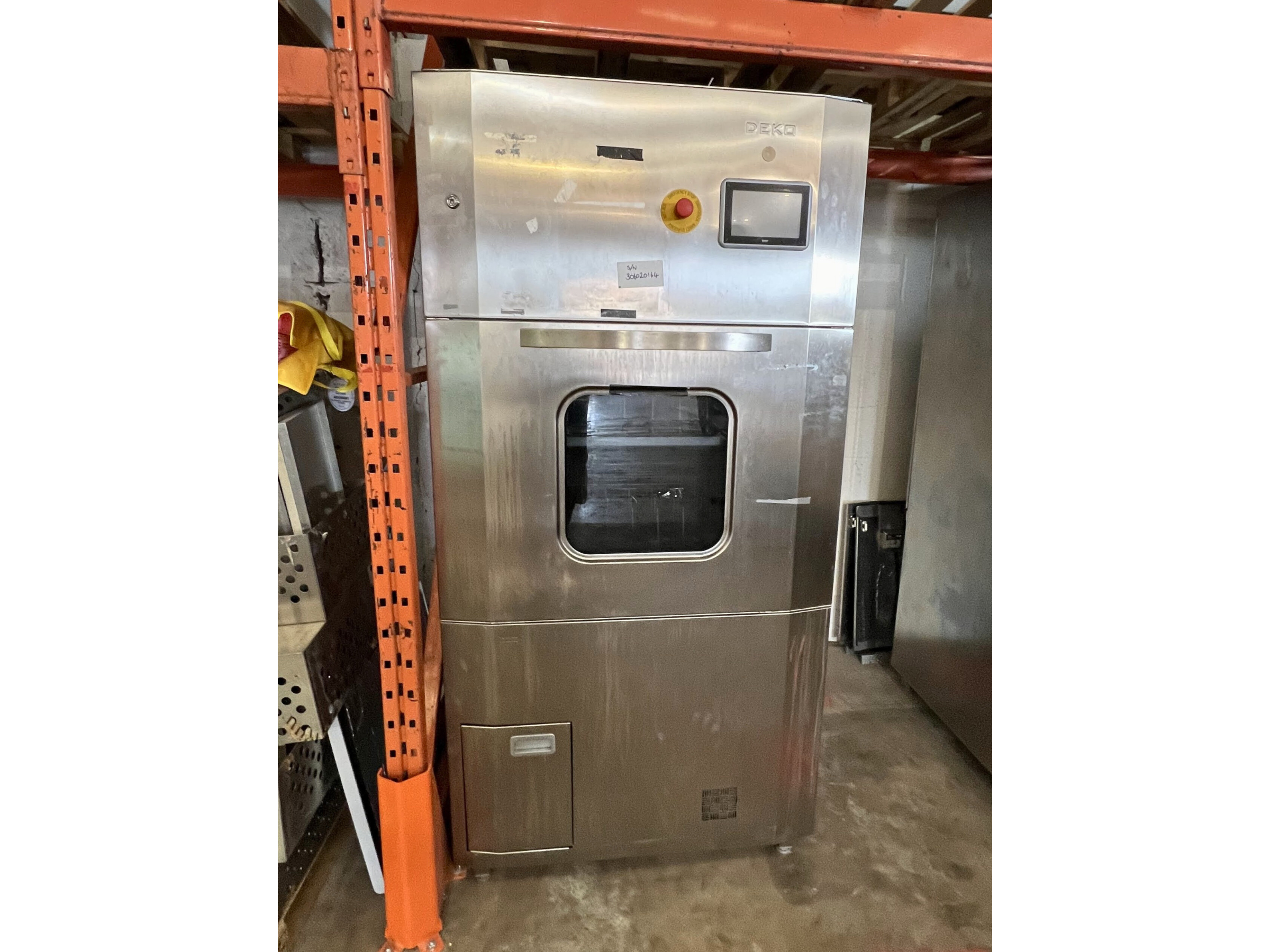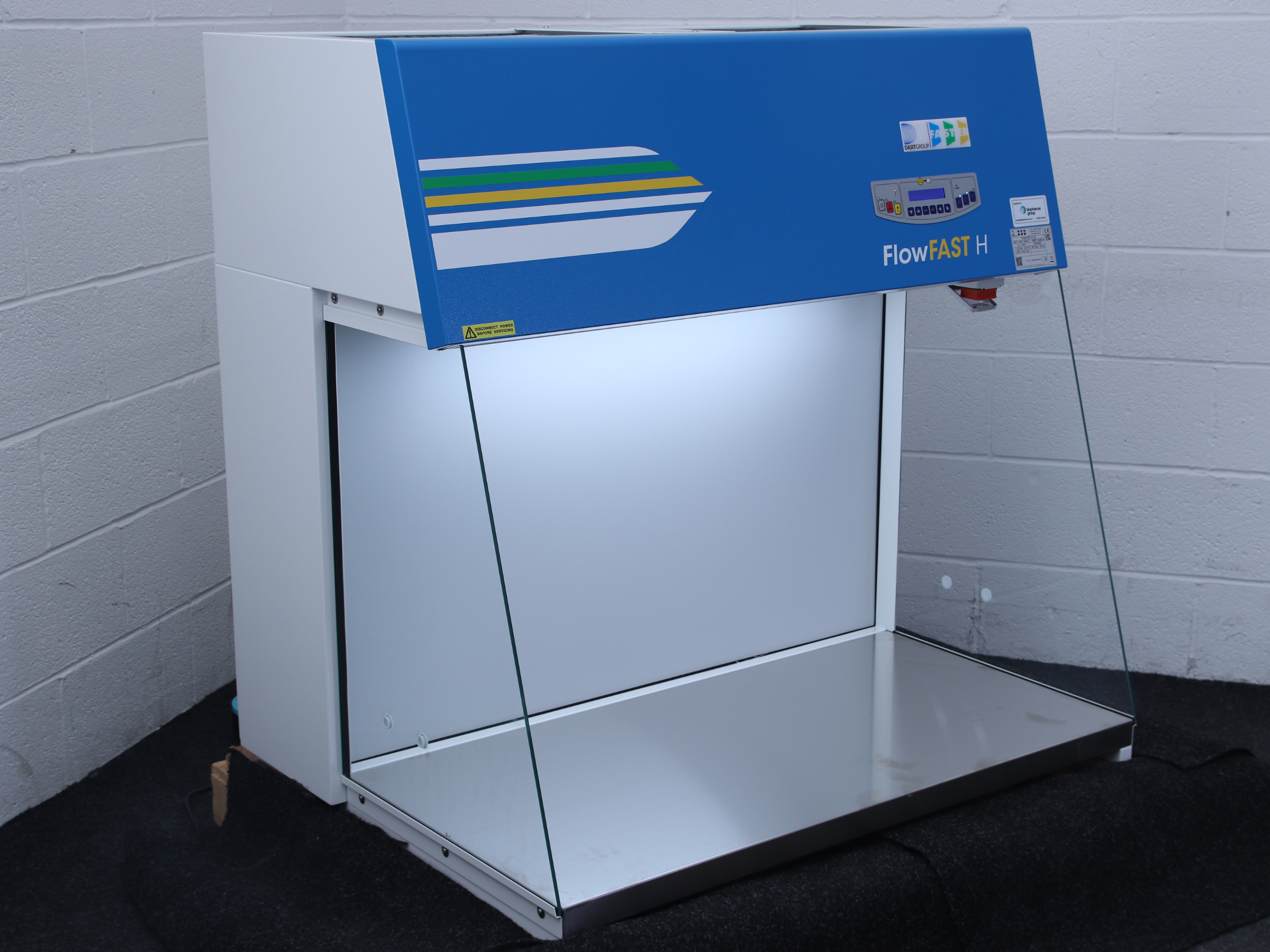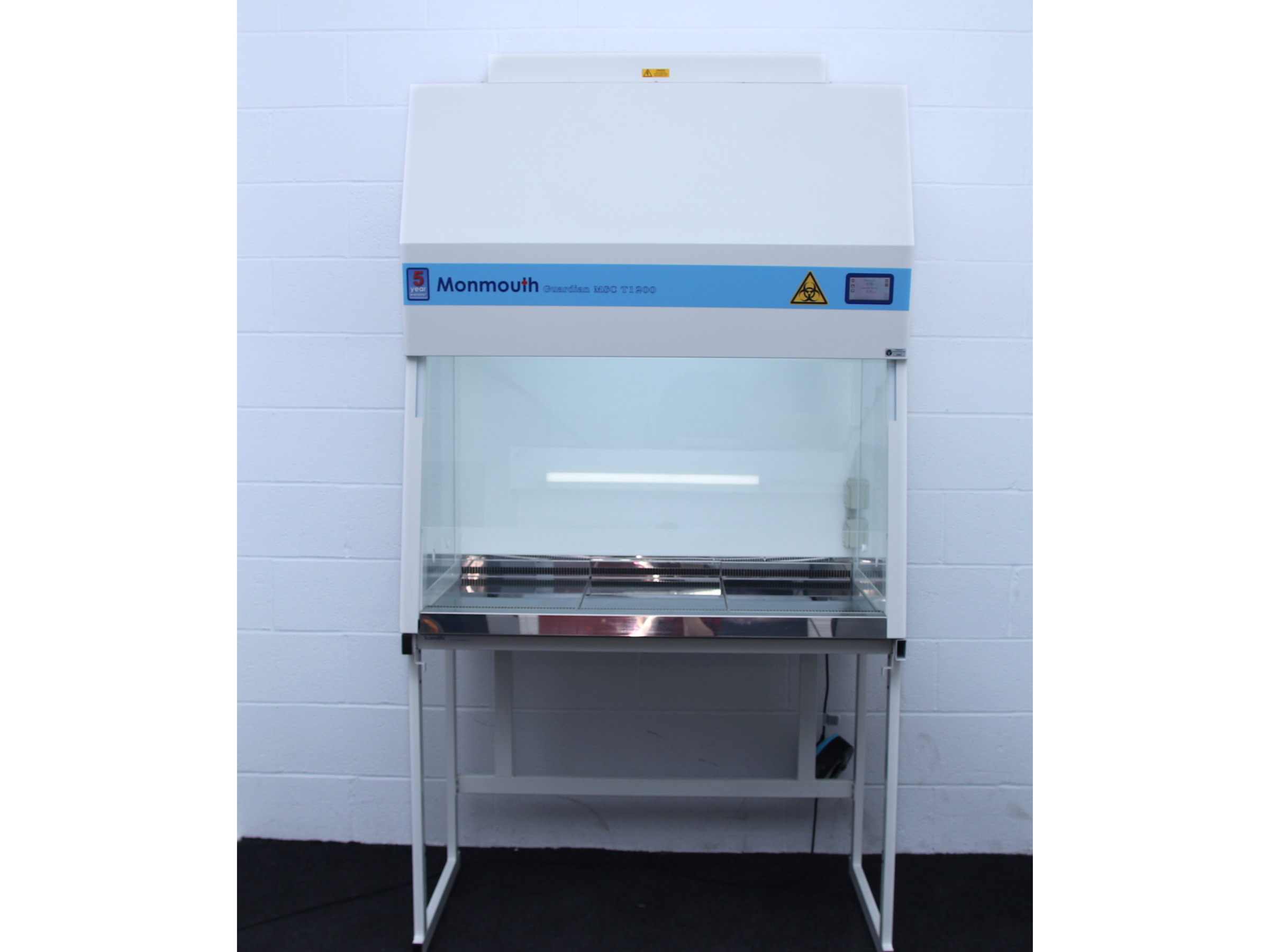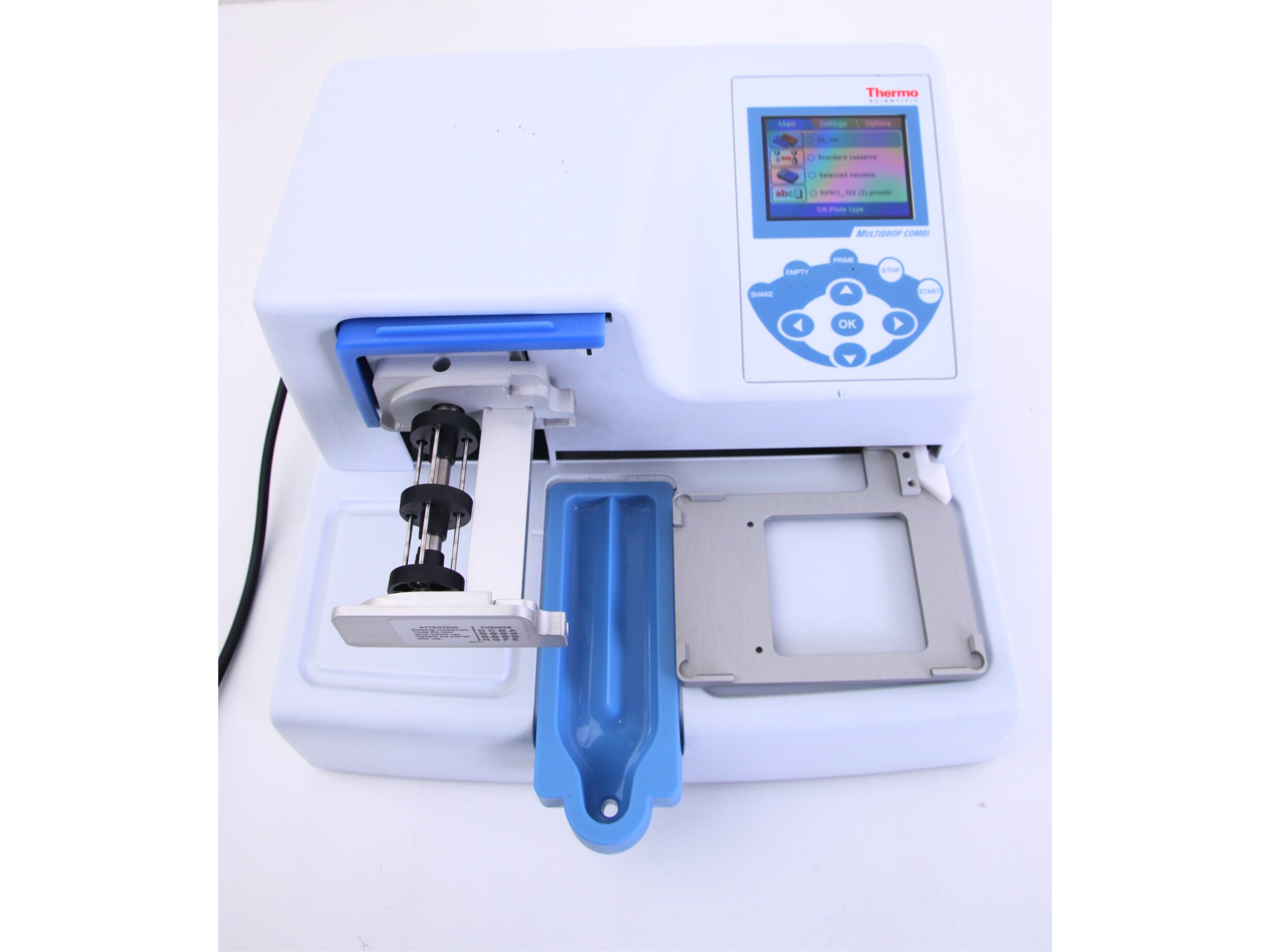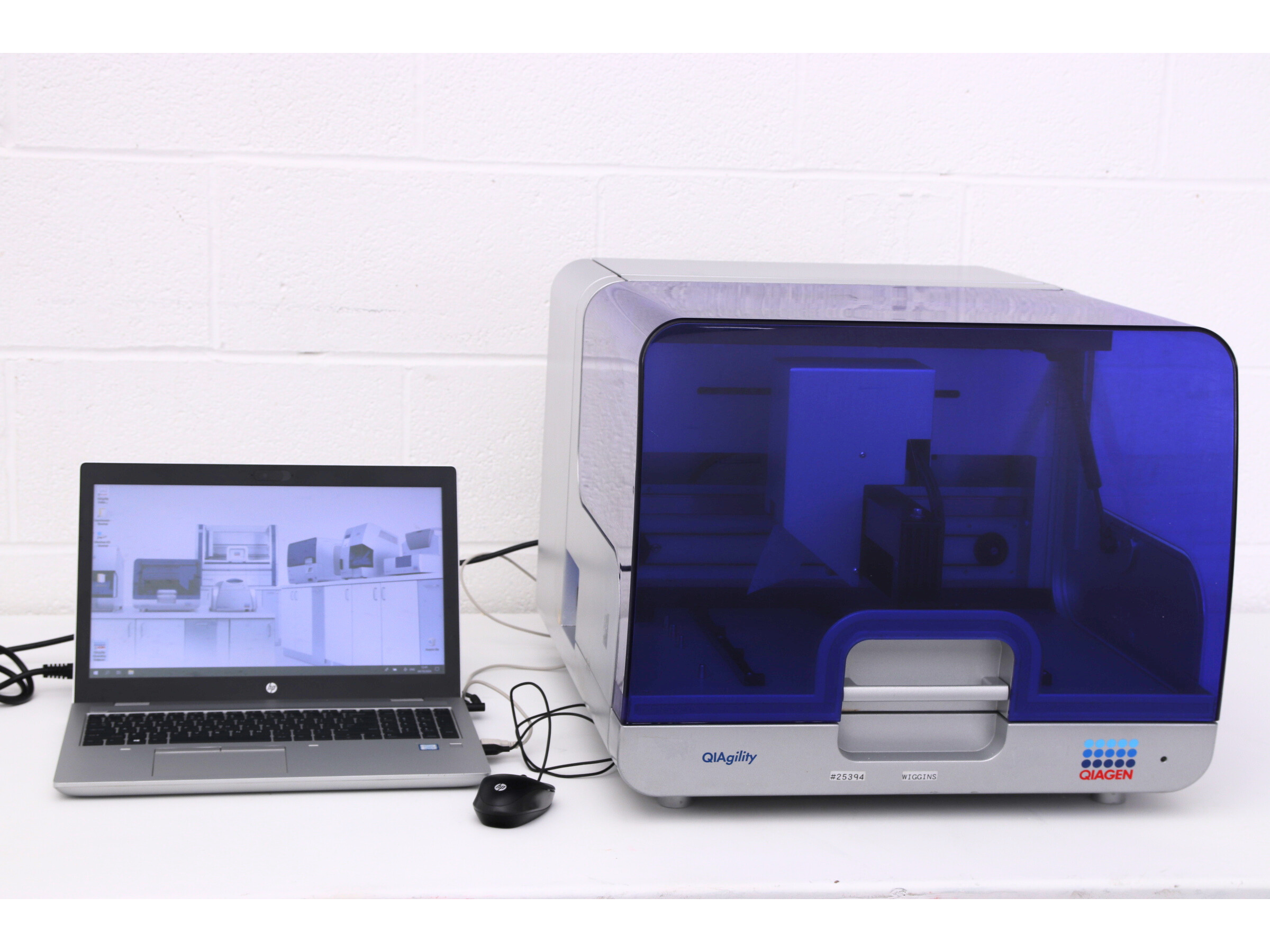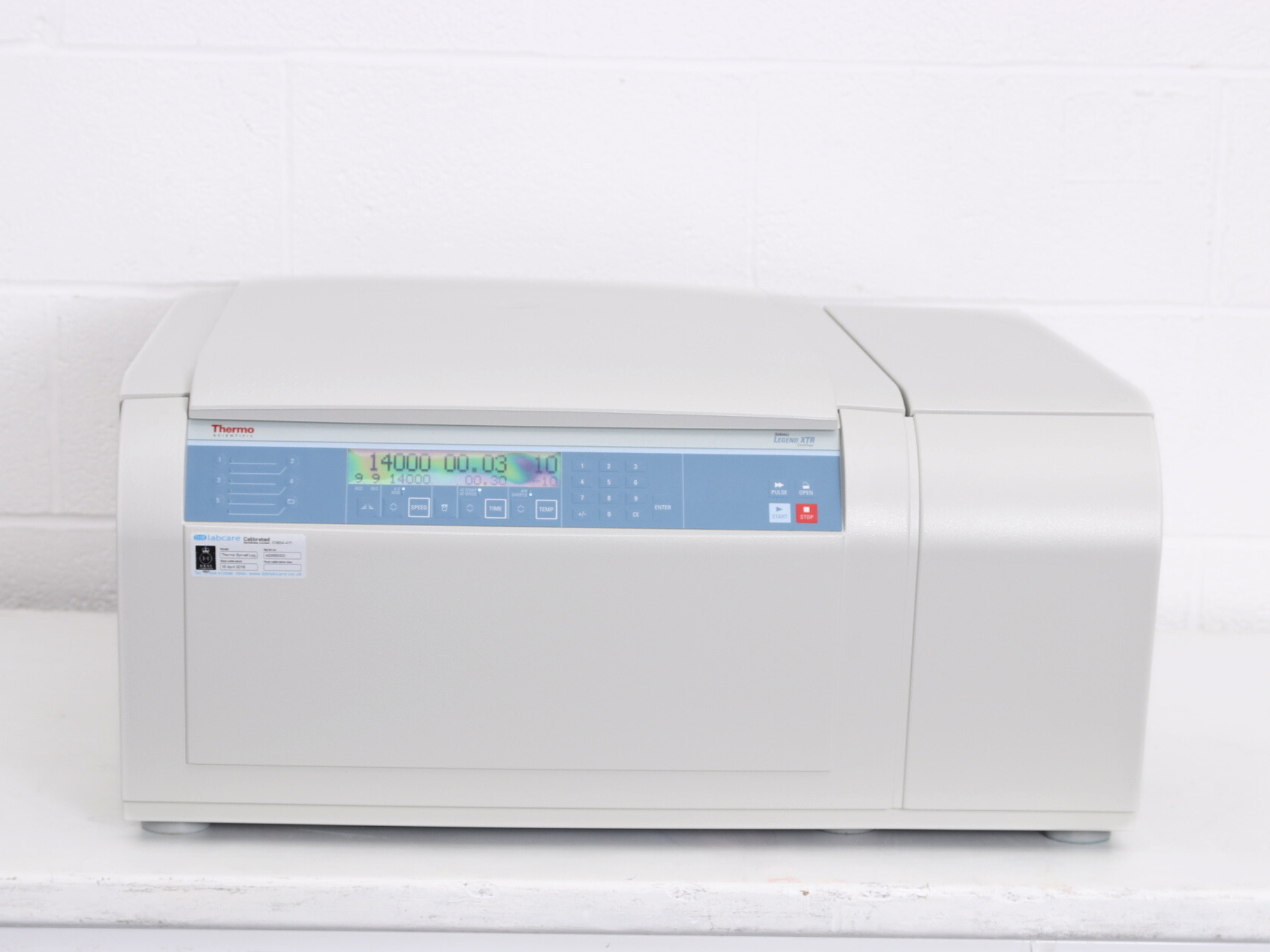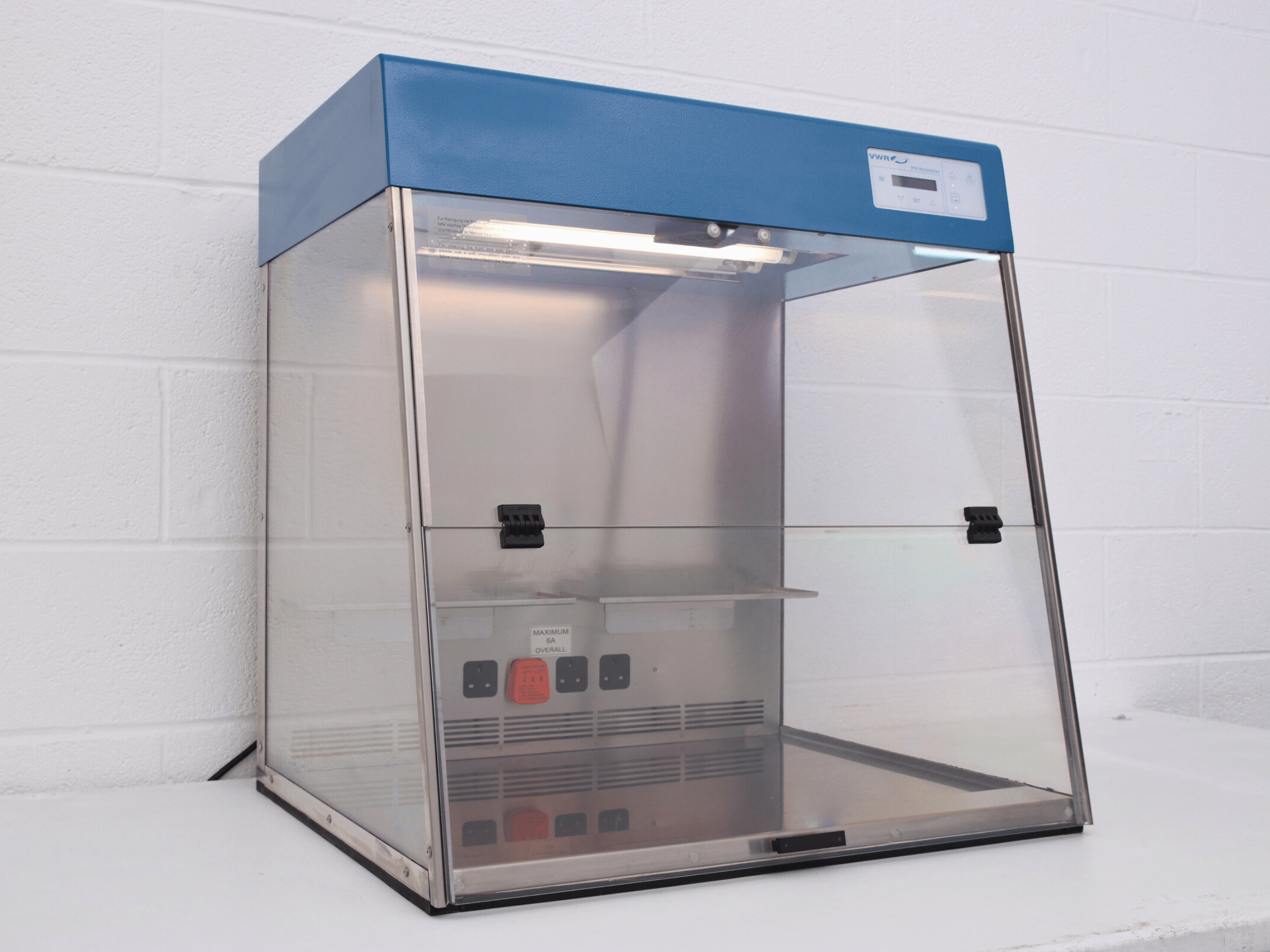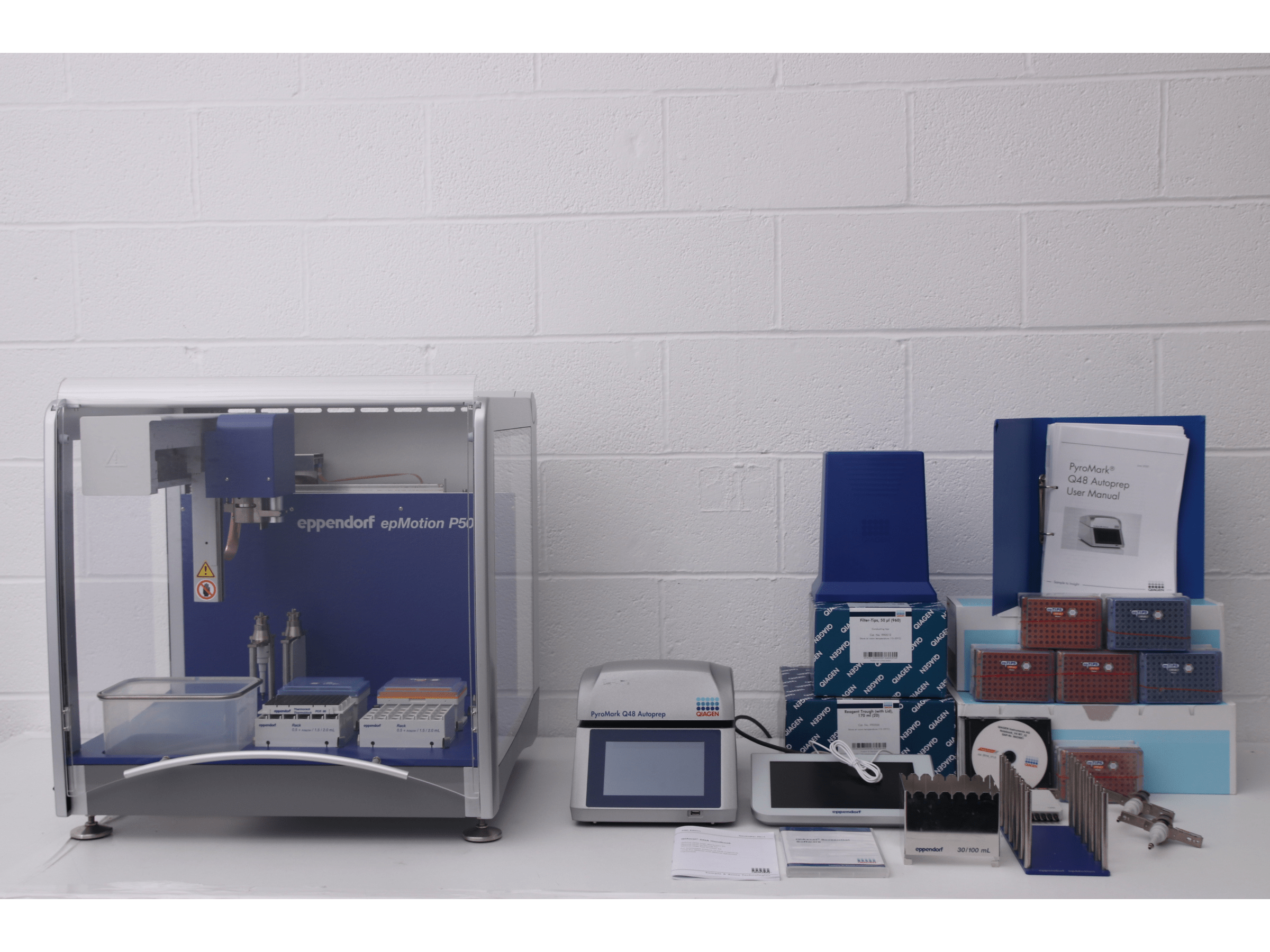How a discovery in Yellowstone National Park led to the development of PCR
The development of the gold-standard PCR COVID-19 tests used to fight the global pandemic all started with a question from microbiologist, Tom Brock, who began the research that would go on to revolutionize the field of biology.
The discovery…
In 1964, the microbiologist had driven to Yellowstone National Park. He was admiring the park’s picturesque hot springs when he noticed the water in the hot springs flowed out from the pools, cooling in the process. Thus creating a range of temperatures and environments for bacteria to grow. However, in the hottest parts of the springs, where temperatures ranged from 70 Celsius to above 100 Celsius, the springs were clear and thought to be uninhabitable.
Brock wanted to investigate this further. He wanted to find out more about the bacteria and see if it was living in the hottest waters. Therefore, he returned to Yellowstone National Park the following summer with a student research team. Brock had secured a grant from the National Science Foundation to investigate life at high temperatures. This was the start of over a decade of work studying the park’s microscopic creatures.
The goal of the research was to advance scientific understanding about the organisms living in one of Earth’s most extreme environment. Brock had no idea how important his research would be and how it may be used in the future; ultimately changing the world.
In 1966, Brock, and student, Hudson Freeze, discovered a new bacteria that thrived in waters above 70 degrees Celsius. Brock named the bacteria Thermus aquaticus – the discovery of which revolutionized the fields of biology and medicine.
What they didn’t know, was that inside the bacteria was the key ingredient for the gold-standard diagnostic tests. It could never have been predicted that they would be deployed nationwide in their millions, nearly 50 years later in the fight against COVID-19.
The development of PCR (polymerase chain reaction)
Brock and Freeze soon realized that the bacteria’s enzymes — proteins that carry out chemical reactions inside of a cell — continued to work at temperatures that were even higher than the boiling point of water. Enzymes from other organisms can’t tolerate such heat. They lose their structure and stop working. This simple discovery in Yellowstone National Park led to the development of PCR.
Enzymes from Thermus aquaticus are used today as the key ingredient in the polymerase chain reaction (PCR). Something which laboratories around the world are using to detect the virus that causes COVID-19.
PCR is a technique developed by biochemist, Kary Mullis, in 1983. It is a staple procedure used to diagnose diseases. PCR is also beneficial in helping scientists detect DNA left at crime scenes. As well as sequence genomes and track mutations like those in SARS-CoV-2, and determining a person’s ancestry or a dog’s breed. Prior to PCR becoming widely used in the 1990’s, scientists would have to grow viruses in the lab in order to diagnose diseases. This was a somewhat dangerous process which can be time-consuming, taking days to weeks.
Mullis’s PCR technique became a hot commodity in scientific circles and was patented by Cetus Corporation. The rights were later sold to the pharmaceutical company Hoffmann-La Roche for $300 million. In 1989, Science magazine named Taq DNA polymerase the ‘Molecule of the Year’. Four years later, Mullis was also awarded the Nobel Prize in Chemistry.
PCR can make billions of copies of segments of DNA. It can amplify even the smallest traces of genetic material. Whether this be a germ, animal or person which scientists may be searching for. The process requires heating up a sample to very high temperatures and then cooling it down, multiple times.
The enzyme from Thermus aquaticus is called Taq polymerase. It copies the DNA to multiply it further. As the enzyme is able to withstand the heating process, labs are able to run the tests much more quickly. Previously, used enzymes would be destroyed each time the sample was heated up.
COVID-19 test
The COVID-19 test uses a similar process – the genetic material of the novel coronavirus is RNA, rather than DNA. (RNA encodes its genetic instruction with different building blocks in just a single strand). The RNA of the virus is converted to DNA first. The test also includes a fluorescent tag that highlights the copies of the virus’ genetic material in a nasal swab. The more copies that are made with PCR, the brighter the sample.
Although other diagnostic tests are available for COVID-19, scientists call PCR tests the gold standard as they are very accurate, sensitive and relatively quick. Even if there is only a small amount of the virus in the patient’s sample, it is likely that the PCR test will detect it.
Taq polymerase is so fundamental to the gold standard PCR test used by the state lab in the America, that the COVID-19 test is named after it: TaqPath.
The power of basic research
Brock has held up his career, and particularly the discovery of Thermus aquaticus, as a testament to the power of basic research. Allegedly, there was public criticism of the NSF’s support of Brock’s work at Yellowstone Park, as it ‘didn’t sound very important’. However, Brock’s work led to even more scientists studying ‘extremophiles’ (microorganisms that live in extreme environments). A speciality that has unlocked theories about the origins of life on earth and the possibility of life on other planets.
The expansive reach of Brock’s single discovery is an example of science building on itself. A basic scientific research project going on to change the world and inspiring many other scientists to ‘keep an open mind’.
View our current range of Used PRC Devices ready to ship.
